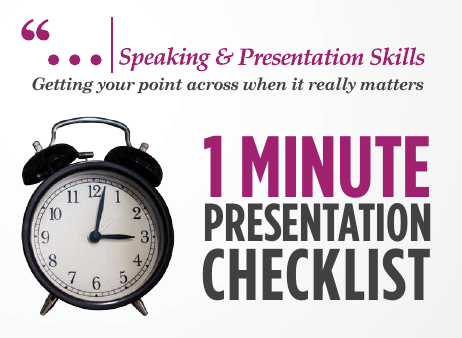Advertising gurus like David Ogilvy and others have long maintained that the headline is worth 90% of your advertising spend. It has also been written that a change of headline can produce an uplift of up to 10 times the previous level of response.
As a direct response copywriter, I believe implicitly in testing, so I decided to get my own results.
One day I posted a blog on Ecademy and titled it “Poison kills the Big Society”. Not bad, I thought … carries the message. But after a couple of days the blog had registered about 240 views and one comment.
I then changed the headline to “What has made this nation so vicious?” The viewing figure rocketed upwards to well over 1,000 with 11 additional comments.
What has made the difference?
Two things, in my opinion: first, the original headline invoked a reaction to a specific concept, The Big Society, whereas the second headline prompted an opinion that anyone could have, whether or not they knew what the Big Society meant. Secondly, it asked a question, which invited a response.
The purpose of a headline is to signal a target group and to say, in effect, “Stop! This is for you!” It should be consistent with the body copy and say enough about the story to enable people to respond without reading any further. Ogilvy said that Headlines get five times the readership of the body copy.
My second headline was more universal and invited participation. But there are other reasons why headlines work. I’d be interested to know what you think about the four headlines below – would they make you want to know more?
• They laughed when I sat down at the piano, but when I started to play! –
• Will you only discover the value of AA membership by accident?
• My 9 year old son’s reading & sums were worse than when he was 7
• Cash if you die. Cash if you don’t.






